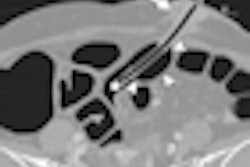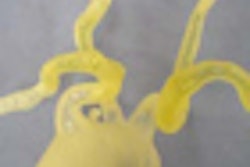Dear AuntMinnie Member,
It's the debate that refuses to die. We're talking about mammography screening, of course, which is in the news again this week with a study on false-positive results experienced by women undergoing breast screening.
Researchers from the state of Washington compared false-positive rates in groups of women who received screening annually or biennially. They also compared false positives between women in their 40s and those in their 50s, according to an article by associate editor Kate Madden Yee in our Women's Imaging Digital Community.
The researchers found that about half of women who received annual screening experienced approximately one false-positive result every decade, a higher rate than for those who were screened biennially. And beginning screening in their 40s raised the risk of a false-positive result compared to women who started in their 50s.
The study is already being used as ammunition by those who oppose earlier, more frequent breast screening as an indication of the "harms" of mammography. But does it really reveal anything new?
Breast imagers were already aware that false positives occur at about 10-year intervals in women. Previous research has also found that women are highly tolerant of false-positive results if they result in lives saved.
What do you think? Read the article by clicking here, and check out our Facebook poll on the question, "Is one false-positive mammogram per decade too many?"
Low-kV dual-energy CT
In other news, we're highlighting an article in our CT Digital Community on the use of low-kV dual-energy techniques for abdominal imaging that reduce both radiation and contrast dose while boosting lesion conspicuity.
The technique is being used at Massachusetts General Hospital and can be employed with either single-source or dual-source CT scanners, according to the article by international editor Eric Barnes. It takes advantage of the different x-ray attenuation properties of different types of materials, such as water, iodine, and fat.
Learn about the strengths and weaknesses of each approach to low-kV dual-energy imaging by clicking here, or visit the CT Digital Community at ct.auntminnie.com.




















